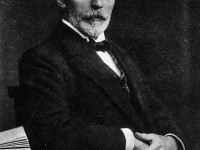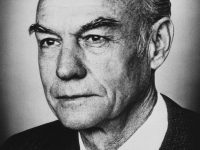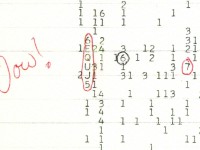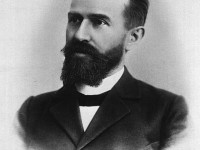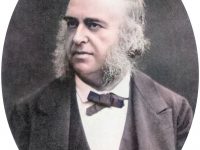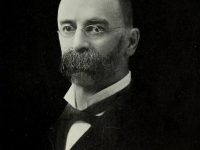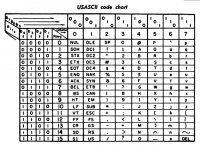Theodor Kocher and the Thyroid Gland
On August 25, 1841, Swiss physician and Nobel Laureate Emil Theodor Kocher was born. Kocher received the 1909 Nobel Prize in Physiology or Medicine for his work in the physiology, pathology and surgery of the thyroid. Among his many accomplishments are the introduction and promotion of aseptic surgery and scientific methods in surgery, specifically reducing the mortality of thyroidectomies below 1% in his operations. Emil Theodor Kocher – Early Years Born in Bern,…
Read more

